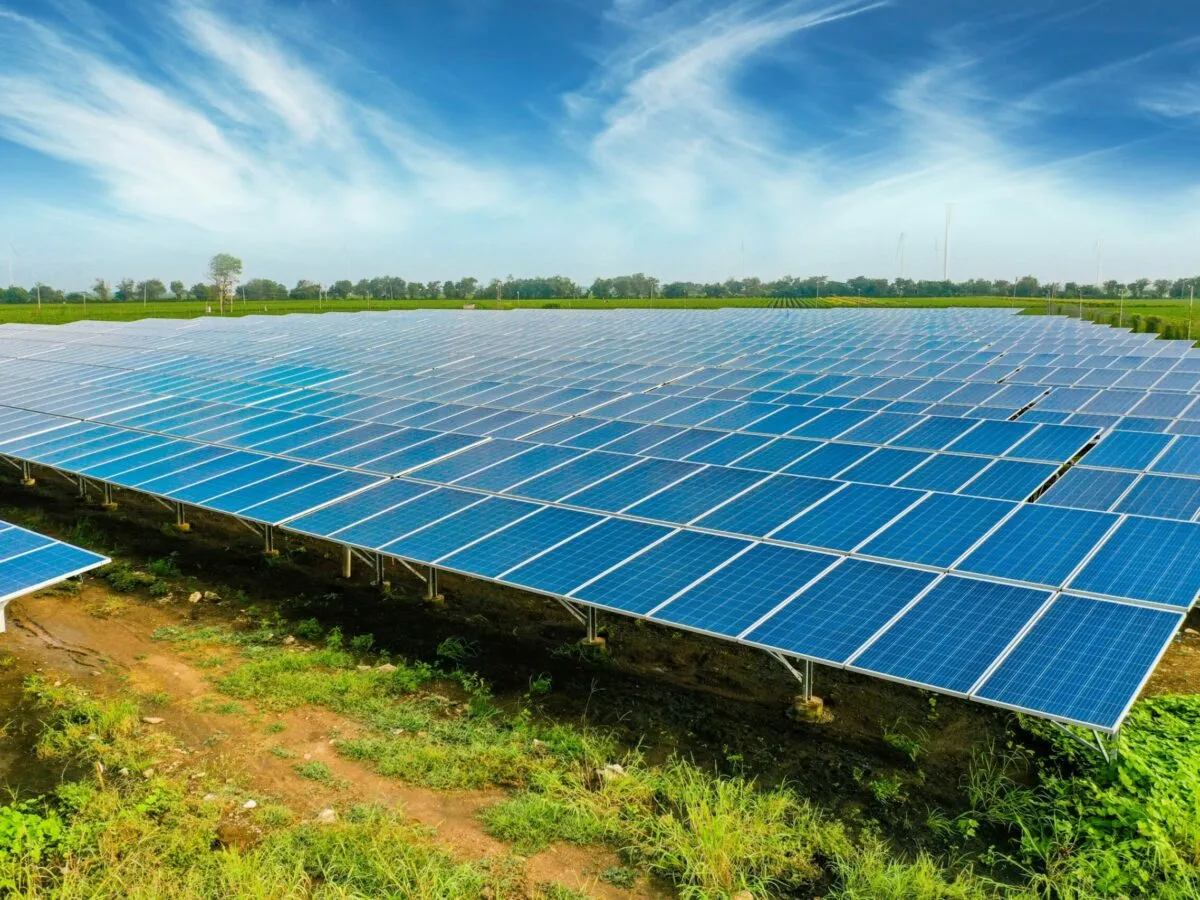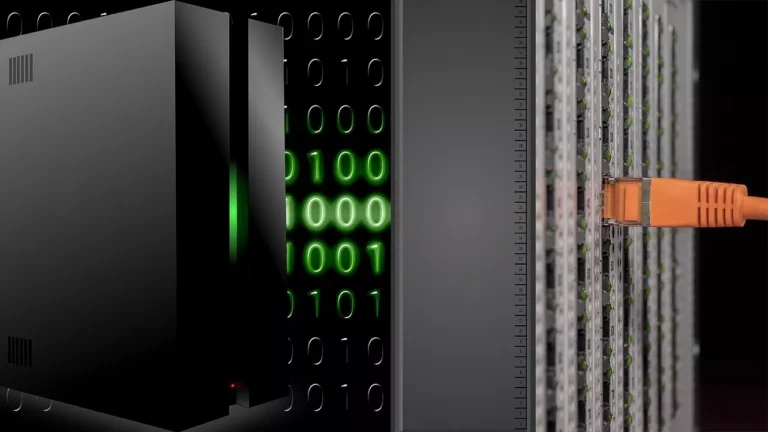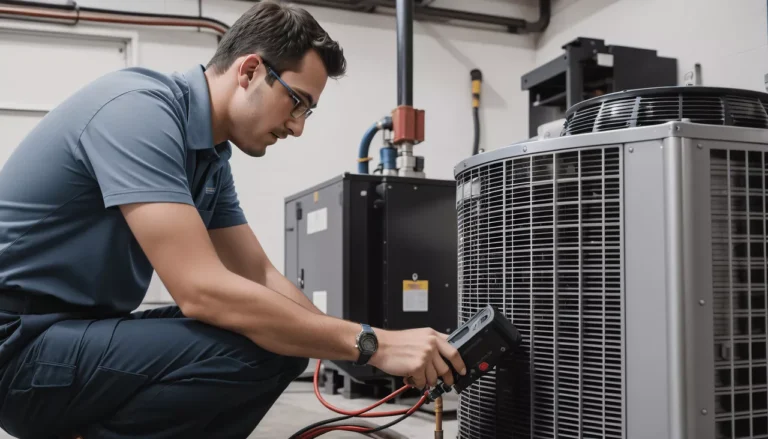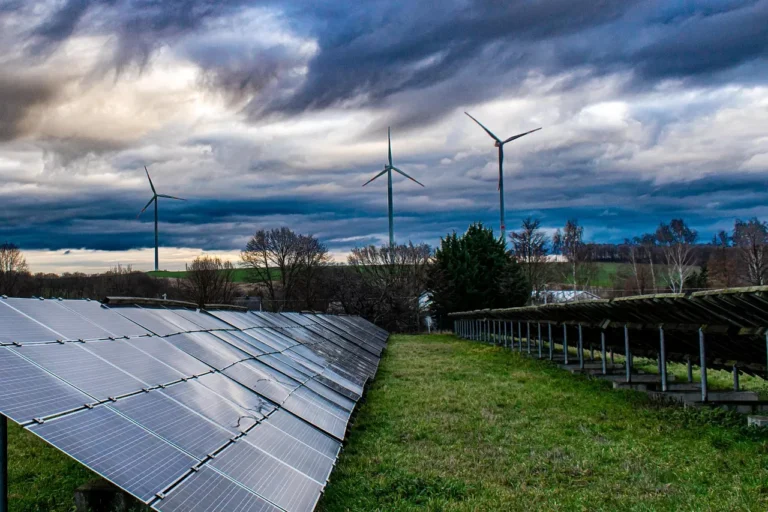
Ameresco and LAUSD Partner on Solar Projects to Drive Long-Term Energy Savings and Sustainability
Ameresco, Inc. (NYSE: AMRC), a prominent energy efficiency and renewable energy company, has entered into a major partnership with the Los Angeles Unified School District (LAUSD), the second-largest public school district in the United States. The collaboration aims to develop and implement solar photovoltaic (PV) systems in the form of solar carports and shade structures, significantly advancing LAUSD’s ambitious sustainability goals. This strategic move not only promotes clean energy but also reduces operational costs and enhances energy resilience across the district.
As part of this project, Ameresco will install more than 2.7 megawatts (MW) of solar PV capacity through custom-designed carport and shade structures. These installations will be deployed at five LAUSD middle school campuses: Northridge Middle School, Pacoima Middle School, Sherman Oaks Center for Enriched Studies, Sun Valley Magnet School, and Sutter Middle School. In addition to the solar infrastructure, the project includes the installation of electric vehicle (EV) charging stations, enabling the district to support the rapid adoption of EVs, a critical step in meeting both citywide and statewide climate and transportation goals.
The solar carports and shade structures will provide dual functionality—generating clean electricity while offering shaded parking for school faculty, staff, parents, and visitors. The EV charging infrastructure complements the city’s broader efforts to transition to zero-emission vehicles and reduce greenhouse gas emissions.
A Long-Term Vision for Sustainable Education Infrastructure
The collaboration between Ameresco and LAUSD is about more than just installing solar panels. It reflects a shared commitment to sustainability, fiscal responsibility, and educational opportunity. With a total investment of $20.7 million for this five-school project, Ameresco is delivering a comprehensive energy solution that includes design, engineering, construction, and long-term operations and maintenance (O&M) services. Furthermore, the company is offering a 25-year performance guarantee, providing the district with long-term energy cost certainty and system reliability.
This five-school initiative is part of a larger solar rollout within the district. In total, LAUSD is aiming to install solar PV systems across 21 school campuses, aligning with its 2019 Clean Energy Resolution. That resolution, adopted by the LAUSD Board of Education, set the goal for the entire district to transition to 100% clean, renewable energy by the year 2040.
Alberto M. Carvalho, Superintendent of the Los Angeles Unified School District, emphasized the multifaceted value of the initiative:
“We’re looking forward to working with Ameresco to reduce the district’s carbon footprint and lower our operating expenses for utilities,” he said. “Our K-12 school communities will benefit not only from the recurring cost savings from these projects, but also from the firsthand experience watching energy systems of the future installed at their own schools. It’s a terrific way to prepare our students for the world they are going to inherit.”
Indeed, the educational value of the project cannot be understated. These installations provide real-world examples of sustainable infrastructure that teachers can integrate into STEM and environmental science curricula. Students will see firsthand how solar energy systems work and gain exposure to technologies that will play a central role in the global energy future.
Building Resilience and Reducing Risk in a Changing Climate
In addition to reducing utility costs and carbon emissions, the solar PV systems being installed by Ameresco contribute to improved energy resilience. This is particularly critical in a region like Southern California, which faces ongoing challenges related to climate change, including wildfires, heatwaves, and grid reliability concerns.
“Ameresco is always honored to work with school districts like LAUSD to deliver clean energy solutions that not only reduce environmental impact but also enhance the resilience of public infrastructure,” said Louis Maltezos, President of Central & Western USA, Canada Regions at Ameresco. “Given the recent challenges experienced by the Los Angeles community during devastating wildfires and extreme weather, we are proud to contribute to a project that strengthens local energy systems and supports community recovery and preparedness.”
By decentralizing power generation and introducing local energy resources like solar, LAUSD can mitigate risks associated with utility outages or price volatility. The inclusion of EV charging stations also creates the potential for future smart grid integration, where school campuses could serve as hubs for distributed energy and emergency response.
Aligning with Citywide Renewable Energy Goals
LAUSD’s solar efforts are well-aligned with broader city-level and state-level renewable energy policies. In 2021, the City of Los Angeles and the Los Angeles Department of Water and Power (LADWP) jointly committed to achieving 100% renewable energy by 2035. This commitment was informed by the landmark LA100 Study conducted by the National Renewable Energy Laboratory (NREL), which demonstrated the technical feasibility and societal benefits of such an ambitious goal.
The LA100 Study highlighted how rapid deployment of solar, wind, and battery storage technologies could modernize Los Angeles’ electric grid, improve air quality, and increase equity in energy access and benefits. By installing solar infrastructure on school campuses, LAUSD not only contributes to that citywide target but also ensures that the benefits of the clean energy transition are distributed across diverse communities.
As public schools are often focal points of their neighborhoods, transforming them into clean energy generation sites helps bring renewable power closer to where people live and work. Moreover, these projects provide local job opportunities and drive economic development through skilled labor in construction, installation, and system maintenance.
Long-Term Financial Benefits for Education
One of the most compelling aspects of the LAUSD solar initiative is the significant cost savings it is expected to deliver. The complete 21-school solar program, including the five schools in this Ameresco-led phase, is projected to result in up to $45.7 million in net cost avoidance over the 25-year lifespan of the systems. These savings are net of all associated costs, including installation, operations and maintenance, and performance guarantees.
Even more impressive, the total utility cost avoidance from the entire 21-school initiative is expected to reach as much as $168 million over 25 years. These savings represent substantial general fund relief, enabling LAUSD to redirect financial resources toward its core Ameresco mission: supporting student achievement, investing in classroom resources, and expanding educational opportunities.
The district’s investment in solar energy is a strategic financial decision that offers both immediate and long-term returns. It also serves as a model for other large public school systems nationwide, illustrating how sustainability and fiscal prudence can go hand-in-hand.
A Scalable Model for Clean Energy in Public Schools
LAUSD and Ameresco’s partnership sets an important precedent for other school districts across the country seeking to decarbonize operations and manage long-term costs. With over 1,000 schools and educational facilities, LAUSD’s broader clean energy initiative is one of the largest of its kind in the nation. If successful, this model could be replicated in urban and suburban districts nationwide, particularly those facing rising utility costs and aging infrastructure.
Additionally, the combination of solar generation and EV charging infrastructure makes LAUSD’s approach future-ready. As electric vehicles become more widespread and California pushes toward phasing out internal combustion engine vehicles, having charging infrastructure on public properties—including schools—will be vital. These investments could eventually support school bus electrification, staff vehicle charging, and even community access during emergencies.










